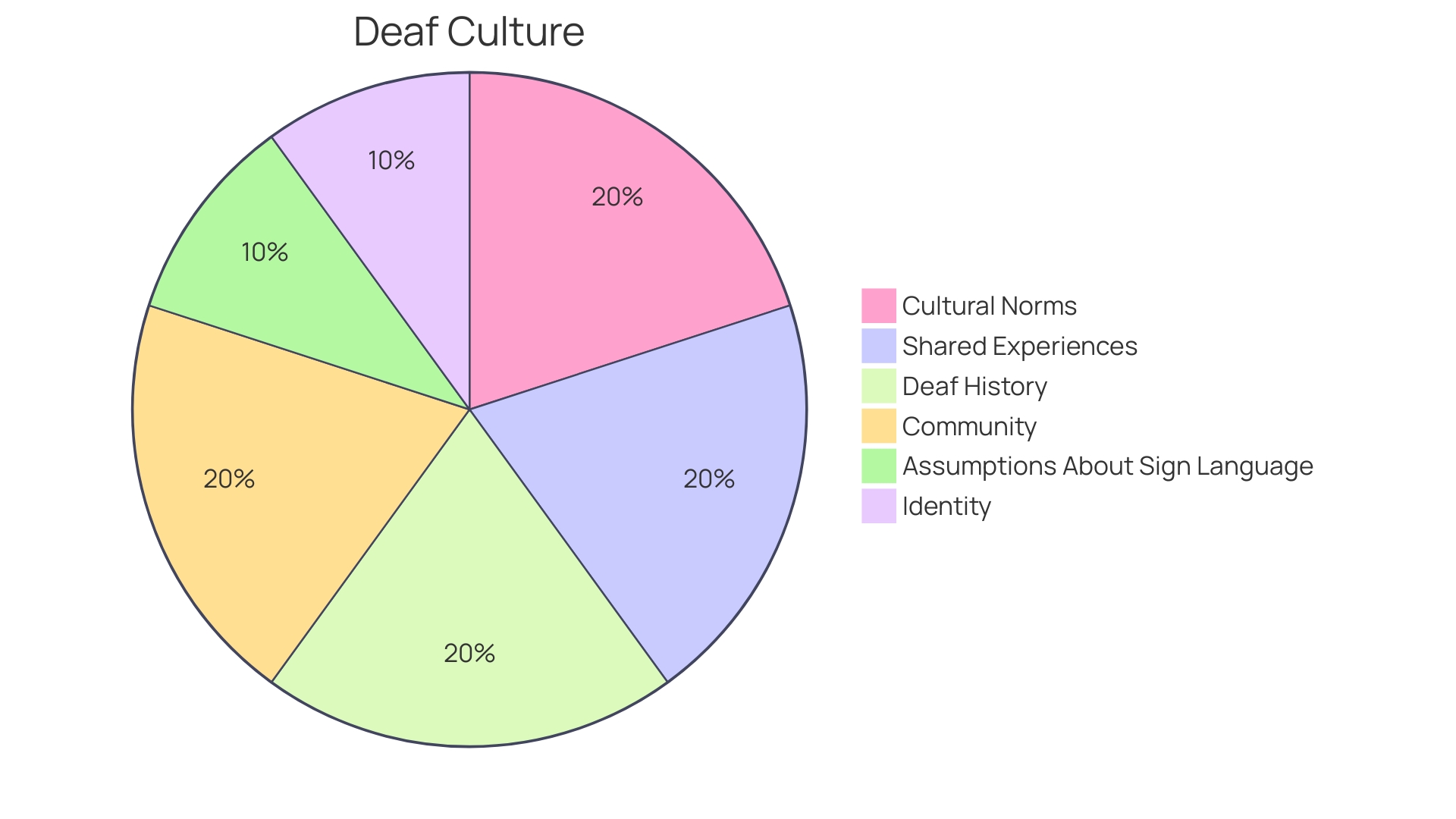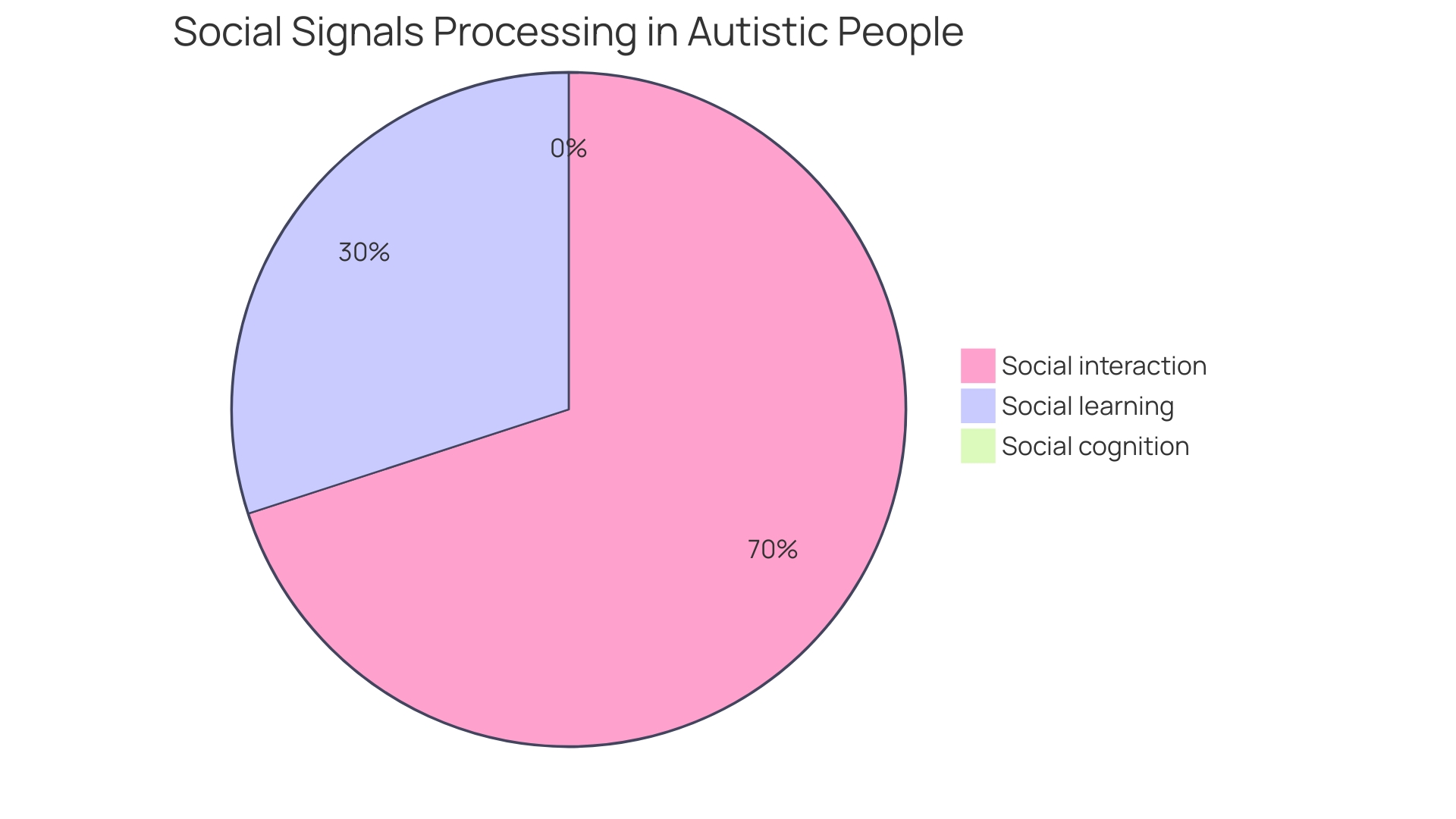Introduction
Autism Spectrum Disorder (ASD) can show early signs in 2-year-old children, making early recognition crucial for timely intervention. These signs include delayed speech, difficulty with eye contact, repetitive behaviors, and sensitivity to sensory input. While these signs are not definitive proof of autism, they are important to note and discuss with a healthcare provider for further evaluation.
Advancements in technology, such as eye-tracking, are providing objective insights into the development of autism. Additionally, the need for scalable and objective screening methods, like the Modified Checklist for Autism in Toddlers-Revised with Follow-Up (M-CHAT-R/F), is highlighted to ensure early diagnosis and intervention. Understanding and supporting a child with ASD requires staying informed about the latest research, treatments, and technologies, while maintaining a loving and supportive relationship throughout their developmental journey.
Early Signs of Autism in 2-Year-Olds
Autism Spectrum Disorder (ASD) presents a range of signs that can be observed as early as in 2-year-old children. Recognizing these signs early can be pivotal for timely intervention, potentially transforming a child's developmental trajectory. Some indicators to watch for include:
- Speech Development: A notable early sign is a delay in speech or limited language skills compared to peers. Children might have a reduced vocabulary or exhibit difficulties in starting or continuing a conversation.
- Eye Contact: Difficulty with eye contact is another sign. A child might avoid or struggle to maintain eye contact, which is an important aspect of nonverbal communication.
- Repetitive Behaviors: Repetitive movements, such as hand-flapping or rocking, are often observed. These behaviors can be a child's way of coping with sensory input or a need for predictability.
- Sensitivity to Sensory Input: Children may also show unusual reactions to sensory stimuli. This could manifest as either an overreaction or underreaction to sounds, lights, or textures, indicating sensory processing differences.
While these signs are not definitive proof of autism, they are important to note and discuss with a healthcare provider for further evaluation.
In the pursuit of earlier and more accurate diagnosis, advancements in technology are opening new frontiers. Research has shown that eye-tracking technology may provide objective insights into the development of autism by analyzing a child's gaze patterns. This approach has been explored in over 1,000 children, showing promise in predicting diagnostic outcomes with a high degree of accuracy.
Moreover, the Modified Checklist for Autism in Toddlers-Revised with Follow-Up (M-CHAT-R/F), a screening tool used during well-child visits, has been successful in research settings but less so in real-world contexts, especially among girls and children of color. This highlights the need for more scalable and objective screening methods to ensure early diagnosis and intervention, which can significantly improve a child's long-term outcomes.
The journey of understanding and supporting a child with ASD is ongoing. Staying informed about the latest research, treatments, and technologies is essential for caregivers. It's important to critically assess information, remain vigilant to the child's needs and progress, and maintain a loving and supportive relationship throughout their developmental journey.
Communication Signs
Recognizing the early signs of communication challenges in children with autism is crucial for timely intervention. By age two, some children with autism may exhibit a limited vocabulary or delayed speech, which differs from their peers. Additionally, echolalia, the repetition of words or phrases without grasping their meaning, is a common trait among these children.
Nonverbal communication can also pose a challenge; understanding and utilizing gestures, facial expressions, or body language may not come naturally to them. Such early detection of communication issues allows for the exploration of supportive measures like augmentative and alternative communication (AAC) systems, which have shown promising results in enhancing communication for children with developmental disabilities. In particular, AAC can empower children to express themselves, even in cases where traditional speech is limited.
Ongoing research underscores the importance of tailored approaches to support children with complex communication needs, including specialized training for those who interact with them regularly, such as family members and educators. For example, the development of a professional training intervention for school-based SLPs aimed at bolstering family member implementation of communication strategies is one step forward in this domain. These initiatives are complemented by the use of technology, such as picture boards or electronic tablets, which can be life-changing in facilitating communication for non-speaking individuals.
Moreover, it is essential to acknowledge the varying developmental trajectories in children with ASD. They may show differences in social, emotional, language, and cognitive skills compared to their peers. Resources like 'Talking is Teaching' and programs such as Vroom offer practical strategies to support early cognitive and language development.
Communication aids like Makaton or the Picture Exchange Communication System can also be instrumental in fostering understanding and interaction. In cases of developmental delays or concerns, consulting with a speech and language therapist can provide additional support and guidance.
As research continues to evolve, staying informed about new findings and therapeutic approaches is vital. It is equally important to critically evaluate the plethora of information available, discerning credible sources from misleading ones. Parents and caregivers play a pivotal role in assessing the benefits and risks of various interventions, always with the child's well-being as the primary focus.
This proactive and informed engagement can significantly contribute to a child's ability to navigate the world around them and enhance their quality of life.

Social Interaction Signs
Children with autism may exhibit varying social behaviors that differ from their neurotypical peers, highlighting the uniqueness of their developmental journey. For instance, a 2-year-old child on the autism spectrum might show a preference for solitary play rather than seeking out peer interactions. This isn't simply a matter of choice; these children may face challenges in interpreting social cues, which are integral to activities like sharing or turn-taking.
Moreover, joint attention, a critical component of social communication where a child follows a caregiver's gaze or points to share an experience, can be notably less prevalent in children with autism.
Research underscores the importance of recognizing these signs as they could signify a child's atypical social attention patterns. Studies, such as those by the University of Geneva, have discovered that autistic children's attention does not necessarily follow a predictable developmental path. Instead, each child may develop distinct attentional preferences over time.
These findings support the need for early interventions tailored to enhance social attention, potentially steering development toward trajectories more aligned with typically developing children.
Clinical investigations involving over 1,500 children have validated the efficacy of using automated technology to predict autism diagnoses based on children's eye movements while viewing social interactions. During these assessments, children's gaze patterns are analyzed to determine what social information captures their attention. This innovative approach to diagnosis has been instrumental in early identification, leading to earlier access to intervention services.
The importance of early detection is further emphasized by the prevalence of autism, which affects 1 in 36 children in the U.S., translating to approximately 90,000 newborns each year.
Understanding and supporting a child's unique social learning needs are critical for their long-term well-being. As such, recognizing and addressing the nuances of social interaction in children with autism is a fundamental step in providing the individualized support that can make a significant difference in their developmental outcomes.

Behavioral Signs
Autism Spectrum Disorder (ASD) manifests through a range of behaviors and affects individuals differently. In young children, particularly 2-year-olds, certain behavioral patterns may indicate the presence of ASD. These patterns include engaging in repetitive behaviors such as hand-flapping or spinning objects, which are expressions of their distinctive interaction with their environment.
Sensory sensitivities also play a significant role, where a child might exhibit strong aversion or attraction to specific sensory experiences, like an intense reaction to loud sounds or a dislike of certain textures.
Transitioning from one activity to another can be particularly difficult for children on the spectrum, highlighting the importance of routine and predictability in their lives. Recognizing and understanding these behaviors is crucial for parents and caregivers, as it allows for early intervention and support, which can significantly improve outcomes.
While the cause of Autism remains a subject of research, it is not linked to parenting style, nutrition, or vaccinations. Instead, it's associated with variations in brain structure and function. Early diagnosis and intervention are key, and technology is now playing a role in identifying ASD earlier through innovative methods like eye-tracking.
This technology observes a child's gaze and attention to social cues, providing objective data that can aid in diagnosis.
Recent clinical studies underscore the importance of early and accurate identification of ASD. Traditional screening methods, such as the Modified Checklist for Autism in Toddlers-Revised with Follow-Up (M-CHAT-R/F), have limitations and highlight the need for more reliable, objective tools that can improve diagnostic certainty and reduce disparities.
It's essential to foster a positive understanding of autism in children diagnosed with ASD to prevent them from internalizing any negative connotations associated with the condition. By doing so, we can support their development in a way that celebrates their unique perspective and contributes to a fulfilling life.
Conclusion
Recognizing early signs of Autism Spectrum Disorder (ASD) in 2-year-old children is crucial for timely intervention. Signs like delayed speech, difficulty with eye contact, repetitive behaviors, and sensitivity to sensory input should be discussed with a healthcare provider for further evaluation.
Advancements in technology, like eye-tracking, provide objective insights into autism development. Eye-tracking analyzes gaze patterns, predicting diagnostic outcomes accurately. Scalable screening methods, such as Modified Checklist for Autism in Toddlers-Revised with Follow-Up (M-CHAT-R/F), are needed.
Understanding and supporting a child with ASD requires staying informed about research, treatments, and technologies. Caregivers play a vital role, providing guidance and resources. Augmentative and alternative communication (AAC) systems enhance communication, and specialized training for family members and educators supports interaction.
Children with autism exhibit unique social behaviors and challenges in interpreting cues. Tailored interventions enhance social attention and improve outcomes. Automated technology analyzing eye movements aids early identification and intervention.
Recognizing behavioral patterns, like repetitive behaviors and sensory sensitivities, is essential for early support. Technology, like eye-tracking, aids early identification.
Fostering a positive understanding of autism is important. Staying informed, critically evaluating information, and maintaining a loving relationship are crucial for navigating challenges and ensuring well-being.




